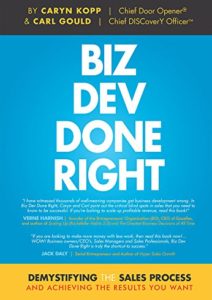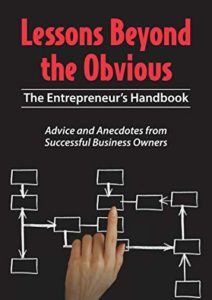A primary decision to be made by any business owner is how one of the company’s most valuable assets–its sales pipeline–can be protected. Future income rests squarely in the relationships that you and your team have built with customers and prospects. The close dates for those prospects are stretched out over time–some now, others in three months, yet others in six months, and still others next year. These assets are not protected in many companies; they exist on scribbled notes and within the brains of salespeople who may leave the organization and take those assets right along with them. Whether you use a technical solutions such as Pipeliner or Salesforce.com or a less technical method such as Excel, or just plain paper, the best system is the one that you consistently use. Making it a strict rule that anyone interacting with prospects or customers must update the CRM system will ensure protection of that invaluable pipeline. Following are some CRM best practices:
- A very important question to ask yourself and your team members is this one: “What do we want the CRM solution to do for us?” Don’t let yourself or your organization be distracted by bells and whistles–functionality that looks great but may or may not be of value. Begin the process by making sure the CRM you choose performs needed functionality for your business and workflows. When that is covered, then feel free to experiment with additional features.
- Have CRM data entry governed by rules, including what information is entered when. When navigating to the right decision makers within a prospect company, you may end up talking to a number of wrong ones. Do all their names need to be entered in CRM? This decision is up to you as the leader of the company: be specific about data to be entered, and remain consistent. Clogging your CRM solution with unnecessary information adds confusion and adds busywork. Remember that if your staff are not spending time on activities that generate revenue, they’re not generating revenue.
- Create efficiency. Having an assistant enter information can streamline workflow. Some systems have audio apps so sellers can record their notes. Most sellers will appreciate this support, as long as the information is entered on a timely basis.
- Have consistent language for status, codes, etc. Know what it means for a contact to be a “suspect”, a “prospect”, a “client”, etc. Using different language makes management reports meaningless.
- Have a “Management Mandate.” Use this tool in this way, or find another place to work!
- Tag people in your CRM. Some may fit into a number of different “categories.” Use your CRM’s reporting tool to make sure the tags make sense. Confirm that you can readily extract useful information. If the reports are not meaningful, revisit your categorization until it works for you.
- Coordinate your CRM with an email marketing strategy. Be sure to add value with every communication.
- Always schedule a next step. Use your CRM to remind yourself to follow up – no more trying to remember all things in our crowded minds!
- Plan time for follow through. The seller who follows up and deepens relationships, wins. This is especially true when returning from a trip or conference. One tip is to keep the half day following a conference open for follow up. New relationships are like French bread, by the next day they’re stale.
- Expect resistance from those in your company required to use the CRM. The pace of work when entering information is much slower than the pace sellers use when communicating with prospects. It is very difficult for some sellers to slow down and enter and code all information into the CRM in order to remain in compliance with management’s mandate. You may need to remind the group often that entering information is a requirement of the job, not a suggestion. In some cases, management has imposed penalties for those who do not comply.
You’ve invested time and money building important customer and prospect relationships. How would you feel if your seller spent years developing a relationship with a prospect who then chose another firm for your project…not because the firm was a better option but because your firm didn’t record the information needed to compete for the business? Properly using a structured system to maintain control of your sales pipeline will protect your most important source of future income. Happy hunting!
Pipeliner CRM empowers companies to fully protect and get the most out of their sales pipelines. Get your free trial of Pipeliner CRM now.














Comments